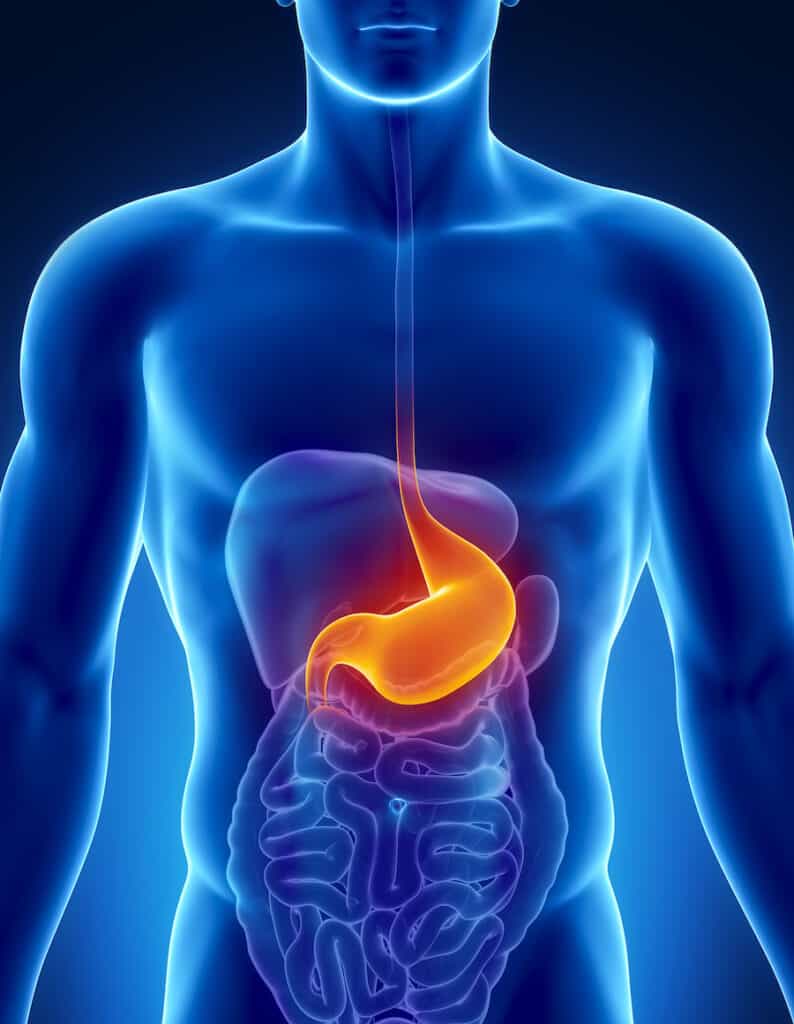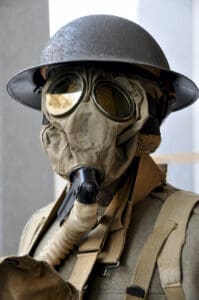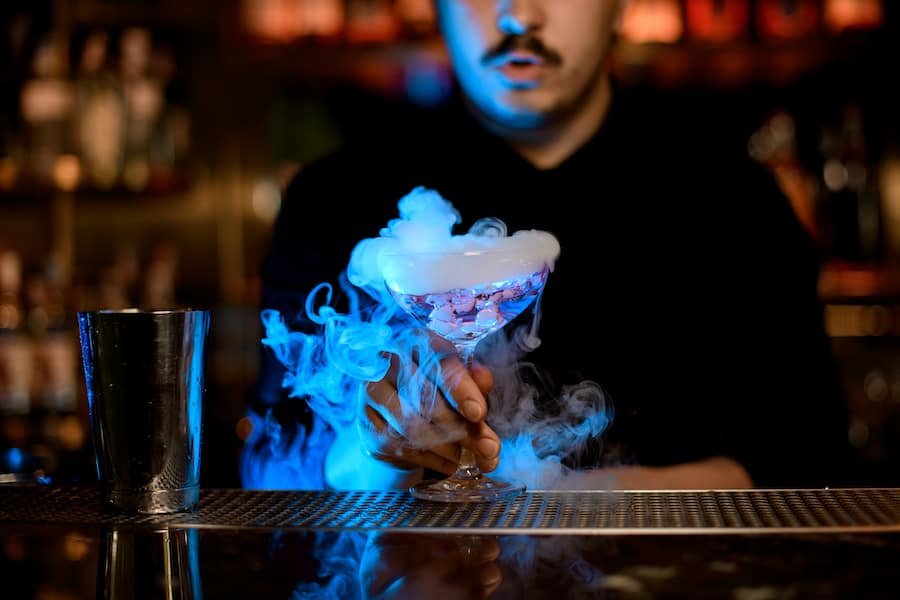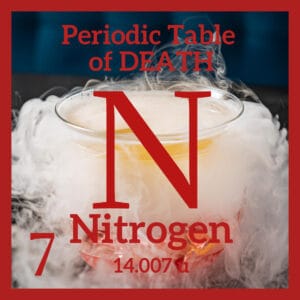It’s your birthday. What better way to celebrate than to go out on the town and drink until you wobble in your boots? (Shout out to the NMSU Aggies) In the bar, you see a drink billowing smoke, think it’s cool, and order two. The waiter drops your shots on the table, pours in liquid nitrogen at a temperature of −196°C (−320°F), and you quickly down them to the boisterous cheers of your friends. The contents settle in your warm gut with freezing intensity, the liquid nitrogen rapidly expands to N2 gas at 700 times its volume (1) … and blows out your stomach and gallbladder. Yes, this really happened. Sadly, more than once (2, 3).

Nitrogen (N) makes the top 5 list of the most abundant periodic table elements found in living creatures and is element number seven on the periodic table. It’s actually inert and harmless under normal circumstances, except if you’re in the proximity of Friday-the-13th-Hockey-Mask-Jason and also somehow have a sink full of liquid nitrogen nearby (4—Content warning! DO NOT click on this link unless you are a fan of campy gory horror movies. Also, that top the ‘scientist’ is wearing would get her kicked out of lab).
N2 gas literally bathes us inside and out because air is 78% N2 (5). Wait. Isn’t the air we breathe oxygen? Around 21% of it is, just like your middle school science teacher told you. And though we breathe N2 in, we don’t need it and exhale it out unchanged. But N can be chemically modified with both positive and deadly consequences.

Positive consequences: The chemist Fritz Haber (6) figured out that converting N to a more reactive form, NH3, (ammonia) allowed for increased plant growth when added to soil. NH3 works so well, his discovery helped feed the world. And since plants absorb CO2, use of N fertilizers can help mitigate the effects of global warming or whatever it’s called now. But Haber also invented deadly chlorine gas just in time for World War I, so I’m gonna call his contributions to human history a push.
Deadly consequences: A variant of nitrogen fertilizer, ammonium nitrate (NH4NO3) is an inexpensive resource and an explosive one. In 1995, the federal building in Oklahoma City was blown up using a blasting cap, nitrate fertilizer, and fuel oil (7). It killed 168 souls, including 19 children. And the 2020 Beirut blast that leveled the harbor was due to improperly stored NH4NO3 and is considered one of the most powerful artificial non-nuclear explosions in history (8).

So, raise a glass with me for the Periodic Table element nitrogen (9). Just make sure you wait until the smoke clears before you drink.
As always, these are my own opinions based on my biases, knowledge, and understanding, and the websites I’ve linked are in no way an endorsement.



 What Killed the Dinosaurs?Iridium and the Periodic Table of Death and Mystery
What Killed the Dinosaurs?Iridium and the Periodic Table of Death and Mystery
Leave a Reply